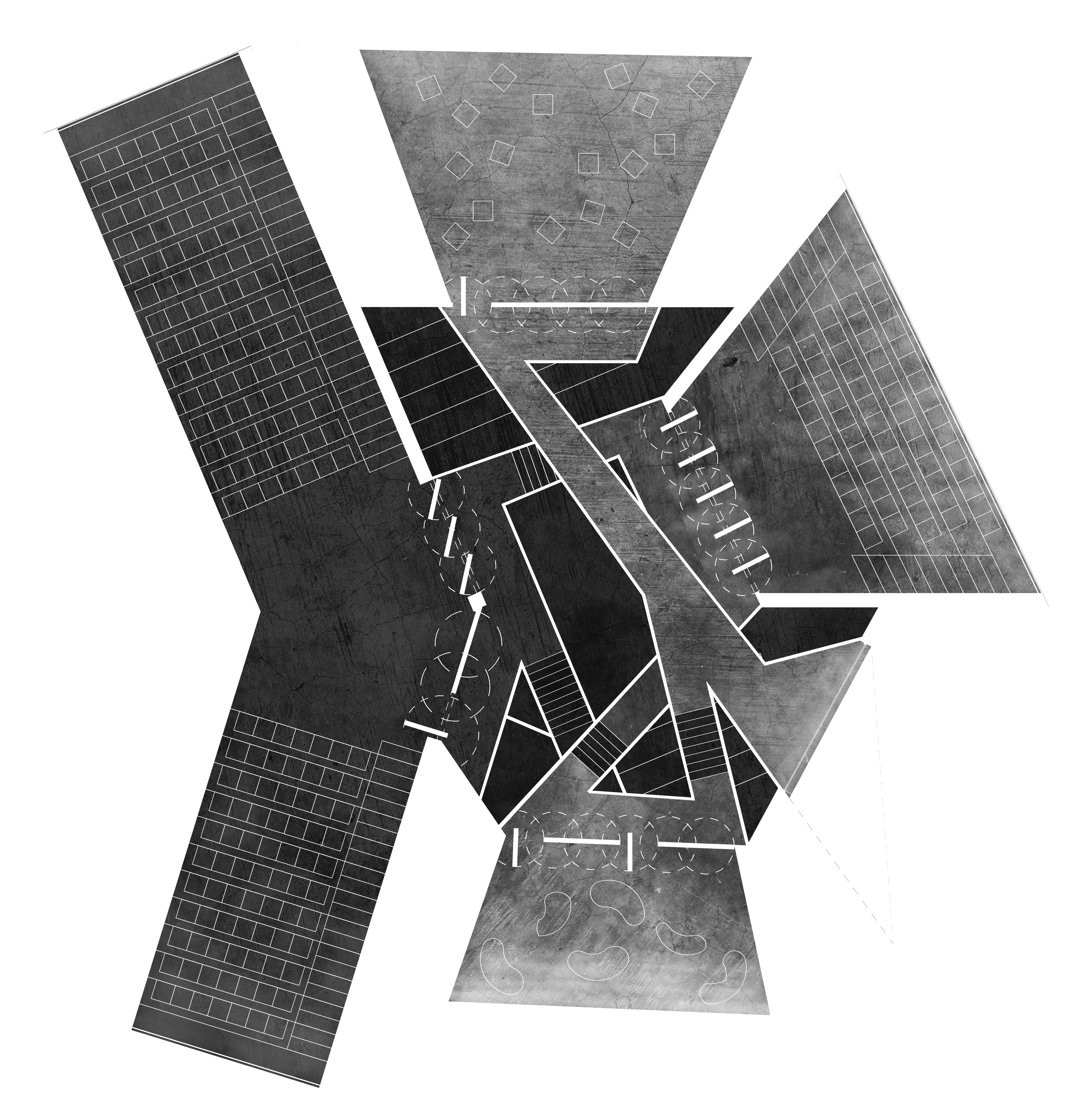


︎︎︎ Breaking the 4th Wall
︎︎︎ Theory/Theater
︎︎︎ Brecht/Piscator/Kiesler
︎︎︎ Theory/Theater
︎︎︎ Brecht/Piscator/Kiesler
The theater has always been a political stage, where one could voice and present ideas to the public. The traditional stadium seating with a stage below reinforces the concept of escapism, which was challenged throughout history, most notably by the works of Erwin Piscator, Bertolt Brecht, and Friedrich Kiesler. They strived to ruin this escapism through their playwriting, set design, and theater concepts. Known as „epic theater,“ they relied heavily on the use of the estrangement effect to hinder the audiences ability to simply identify themselves with the characters in the play. they achieved this through breaking the „4th wall“. By doing this the actors alienate the viewer from any passive acceptance and enjoyment of the play as mere „entertainment.“ Rather the viewer is forced into a critical, analytical frame of mind that serves to disabuse him or her of the notion that what he or she is watching is necessarily an inviolable, self contained narrative.
A theater which can facilitate this is what I set out to accomplish. One which breaks down the 4th wall through it‘s form, intertwines the audience and actors, and is completely exposed for what it is and what it offers. The auditoriums are placed on various levels into the earth with one side opening out onto the square of the agora surrounding the building. A large room where the stages push out of the walls in all directions and at different heights. This space acts as the connection between auditoriums, an entry to the building, backstage area, as well as a theater within itself. The visitors are forced to come in contact with the actors and vice versa. They are exposed to every aspect of the theater.
A theater which can facilitate this is what I set out to accomplish. One which breaks down the 4th wall through it‘s form, intertwines the audience and actors, and is completely exposed for what it is and what it offers. The auditoriums are placed on various levels into the earth with one side opening out onto the square of the agora surrounding the building. A large room where the stages push out of the walls in all directions and at different heights. This space acts as the connection between auditoriums, an entry to the building, backstage area, as well as a theater within itself. The visitors are forced to come in contact with the actors and vice versa. They are exposed to every aspect of the theater.